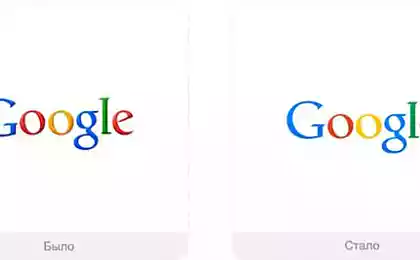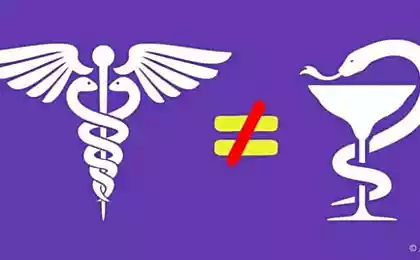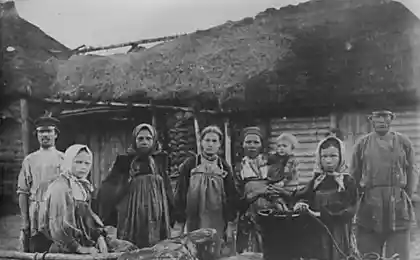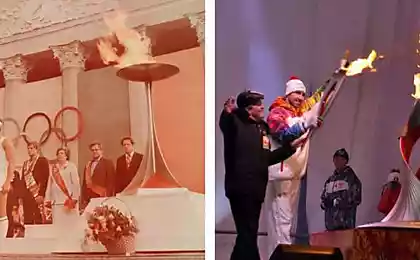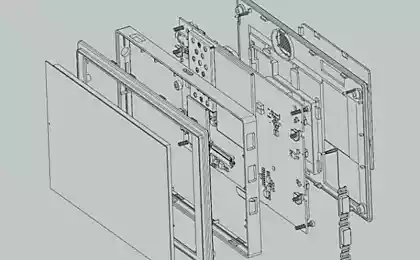547
7 famous symbols, about the origin of which few people know
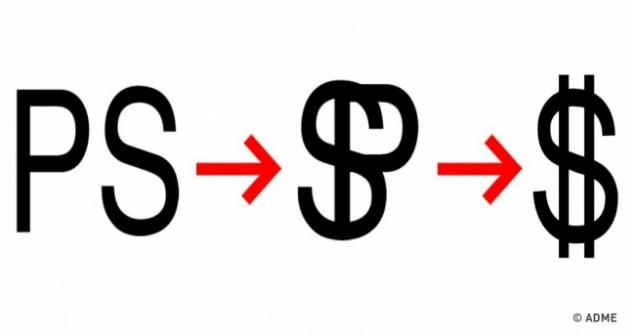
Every day we see many signs and symbols. We use them to convey important information or to express strong emotions. But not everyone knows where these designations came from and whether we are using them correctly.
The site decided to figure it out and collected for you 7 famous symbols, the origin of which we did not know.
Question mark (?)
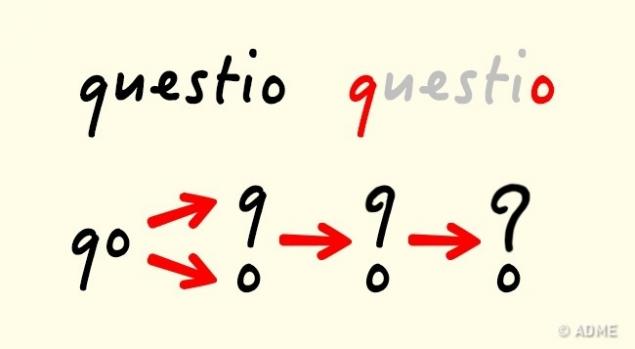
In ancient times, most books were written in Latin. When a question arose, the word questio (from the Latin “question”) was placed at the end of the sentence. And to save valuable space, it was shortened to "qo" by placing "q" above "o". In the 16th century, due to illegible italics, "q" turned into a hook and "o" into a dot.
There is also another version. According to her, the sign came from Greece. At the end of the sentence, the Greeks used a semicolon. And if it was a question, then the semicolon was simply reversed.
Arrow
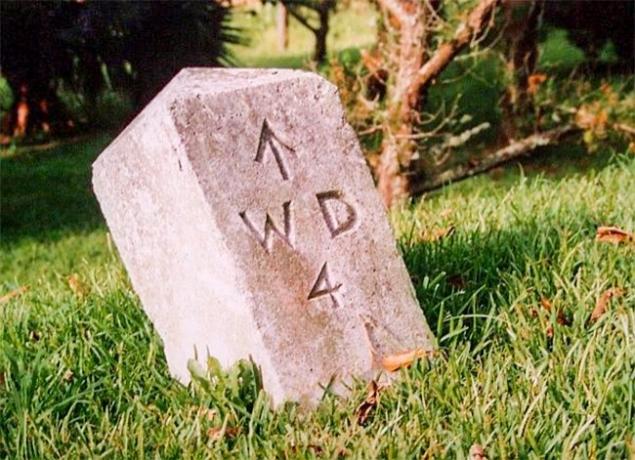
It is believed that the modern arrow symbol came to us from Ancient Greece. Then the direction was indicated by the footprint in the right direction. In the ancient Greek city of Ephesus, an image of a footprint and a woman's face pointed to a local brothel. During the rain, such a designation often merged and turned into the familiar arrow symbol.
Dollar Sign ($)
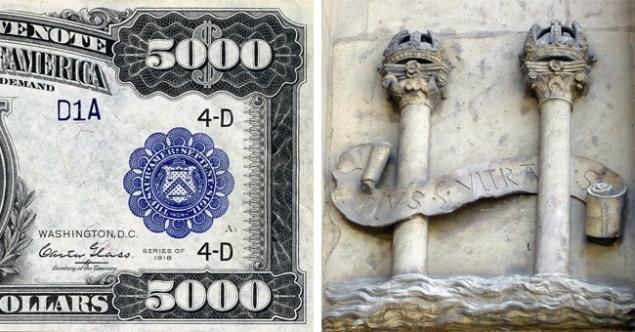
Nobody knows exactly where this symbol came from, but there are several versions of its origin.
- In the Middle Ages, the most popular currency in Europe was the Spanish reais. They were called peso and were sometimes abbreviated to "PS". Over time, only a stick remained from the letter "P", which was written on the letter "S".
- According to another version, the "S" sign is 2 pillars with a ribbon. That is, the Spanish coat of arms, a symbol of power and financial stability. According to legend, Hercules erected 2 rocks on the bank in honor of the exploits. And the waves washing the rocks represent the letter "S".
- Another version says that during the era of colonization, the Spaniards put the letter "S" on gold bars when shipped from America. Upon arrival, a vertical stripe was applied to them, and when sent back, another one.
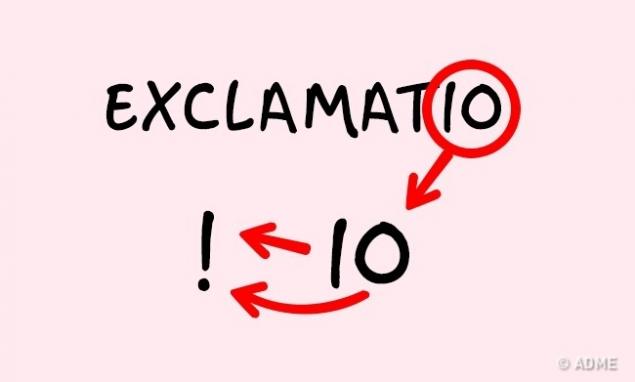
Most likely, this symbol originated from the Latin word exclamatio, which was placed at the end of a sentence to express joy. It was shortened to the letters "i" and "o", which were written on top of each other. Later, this designation turned into a "!"
Infinity symbol
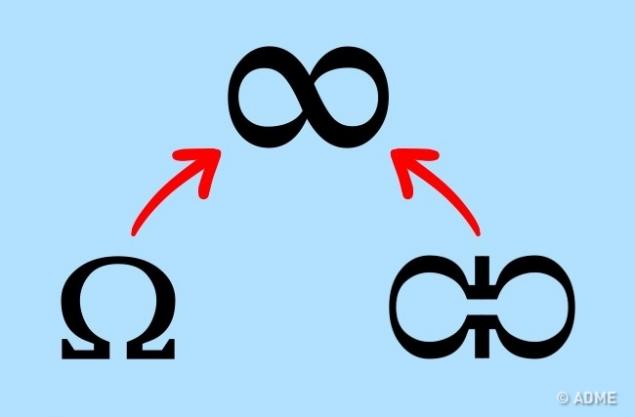
The infinity symbol was first used by mathematician John Wallis in 1655. Nobody knows what inspired him to choose this display of infinity. Some believe that it was the Greek letter omega (ω). Others say that the symbol is derived from the Roman number 1000, which looked like "CIƆ" (or "CƆ") and had the meaning "many."
Percentage sign (%)
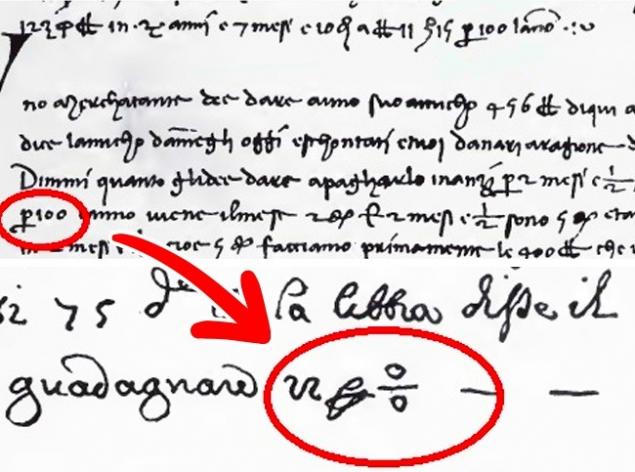
The very word "percentage" originated from the Latin combination pro centum ("one hundred"). And the symbol comes from the Italian version of per cento. This expression was often used until 1425. First they wrote “per cento”, “per 100”, “p cento”, and then “pc-o”. The abbreviation "pc" gradually turned into the sign of the horizontal fraction "o / o" and only then into the familiar symbol.
Peace gesture
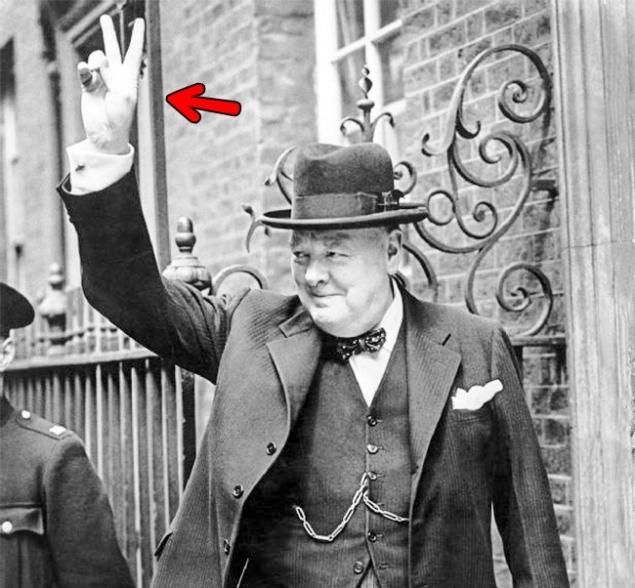
The gesture was first used after the 100-year war between England and France. The French threatened to cut off the British archers' fingers with which they held arrows when firing. And after the victory, the British raised their thumbs up in the shape of the letter "V" from the word Victory. So they showed that their fingers were in place.
During World War II, Winston Churchill revived this gesture as a symbol of peace. To do this, the hand must be turned with the palm towards the interlocutor. If the hand is turned with the back, then the gesture takes on the offensive meaning "shut up" or "back off."
via # image803465
11 situations in which the whole point of female friendship
11 foods that are dangerous in large numbers


